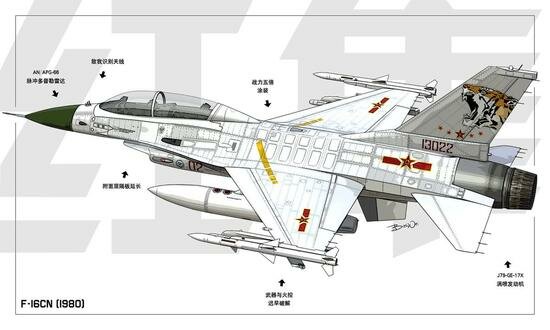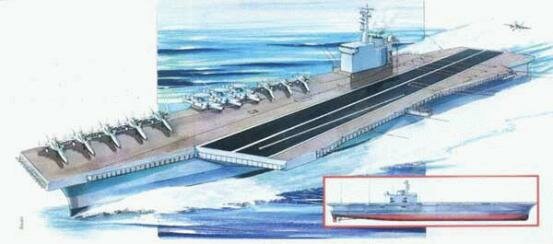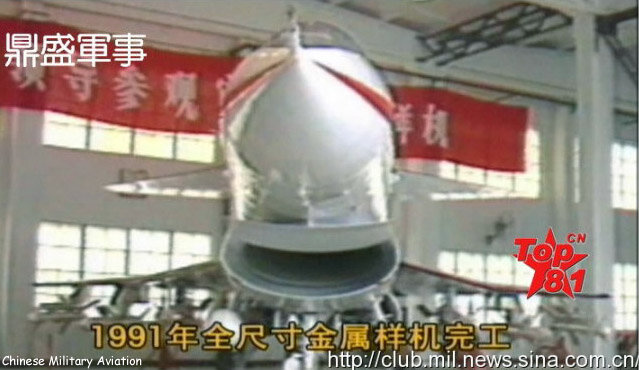Keyboard Commando
Haunebu Pilot
- Joined
- 16 August 2015
- Messages
- 59
- Reaction score
- 71
After the Sino-Soviet split the PLA really stagnated until they opened to the west in the late 70s, but even then the slow trickle of technology didn't help the PLA too much. It was the fall of the Soviet Union and the Russians providing them with lots of relatively advanced equipment and know-how for relatively low prices that really spurred the development of the PLA into the force it is today. For this scenario, lets assume the Soviets had been instituting economic reforms and generally took a stable modernization approach like the Chinese in our time-line. They are a rough equal economically to the US (back in the day it was predicted the USSR would match the US economically in 2010) while the Chinese are still in third place.
I've heard some proposed sales to China like AH-1s as well as the Peace Pearl J-8 and the Phalcon AWACS, I'd be interested to hear of any other sales proposed at the time. How would increased western assistance influence the development of the PLA, what is going to take the place of the Flanker family, how different is the J-9/10 if it exists at all, would we see the massive expansion of the PLAN like we do now, do they opt for western style tanks a la WZ-1224 etc etc. Any additional input is welcome as I am not well informed on the PLA and it's development.
I've heard some proposed sales to China like AH-1s as well as the Peace Pearl J-8 and the Phalcon AWACS, I'd be interested to hear of any other sales proposed at the time. How would increased western assistance influence the development of the PLA, what is going to take the place of the Flanker family, how different is the J-9/10 if it exists at all, would we see the massive expansion of the PLAN like we do now, do they opt for western style tanks a la WZ-1224 etc etc. Any additional input is welcome as I am not well informed on the PLA and it's development.










